Magnesium Silicate Size
Magnesium Silicate Market Growth Projections and Opportunities
The magnesium silicate market is poised to experience a Compound Annual Growth Rate (CAGR) of 5.0% from 2023 to 2030, with an anticipated value of USD 4.22 billion by 2030. Geographically, North America claims the largest market share, succeeded by Europe and Asia-Pacific, while Latin America represents the smallest market segment. Key drivers of this market include the rising demand for magnesium silicate in the food and beverage sector, the burgeoning cosmetics industry, and the increasing preference for natural and organic products. However, the industry faces challenges such as heightened competition from low-cost producers, fluctuating raw material prices, and stringent government regulations.
In terms of applications, the cosmetics and personal care segment leads with the highest CAGR of 5.46%, driven by the growing demand for natural and organic cosmetic products. Magnesium silicate, being a natural and versatile ingredient, finds application in skincare, makeup, and hair care products, serving as a thickening agent, exfoliator, cleanser, and treatment for various skin conditions. The global cosmetics and personal care market is on a trajectory of rapid growth, expected to reach USD 1,082.8 billion by 2027, propelled by increasing demand in emerging markets like China and India.
Regarding functionality, other functionalities hold the largest market share (44.49%) in 2023, encompassing processes such as thickening, binding, abrasion, surfactancy, absorption, bulking, lubrication, opacification, flow enhancement, anti-foaming, texturization, and reinforcement.
In terms of type, the natural magnesium silicate segment is anticipated to dominate in 2023, driven by its expanding use in food additives, pharmaceuticals, cosmetics, and industrial applications. The natural magnesium silicate segment is expected to outpace the synthetic segment's growth due to increasing adoption in diverse applications like food additives, pharmaceuticals, and cosmetics.
The COVID-19 pandemic disrupted the magnesium silicate supply chain, impacting raw material availability, production processes, transportation, and demand patterns. Supply chain resilience, digitalization, and the reevaluation of strategies have become critical considerations for the industry. The pandemic had multifaceted effects on the global magnesium silicate market, influencing supply and demand dynamics across industries.
The industry faces challenges such as high entry barriers for new players, moderate bargaining power for both suppliers and buyers, low substitute threats, and variable competitive rivalry across market segments. Understanding these competitive forces is crucial for industry players to make informed strategic decisions and navigate the intricate landscape of the magnesium silicate sector.
The market exhibits intense competition, with numerous companies, both large and small, engaging in price wars, product innovation, and strategic marketing to gain market share. The presence of smaller players creates opportunities for new entrants, particularly if they identify underserved niches or innovative product applications. The high fragmentation of the magnesium silicate market fosters diversity in product offerings, innovation, and regional variations, requiring companies to adapt strategies to navigate complexities and leverage opportunities. Key players in the market include Airotech Minerals, Spectrum Chemical, Neelkanth Finechem LLP, Famous Minerals & Chemicals Pvt. Ltd, American Elements, Imerys S.A., Maryland Lava Company, Inc., Sorbent Technologies, Inc., Fengchen Group, and Huber.
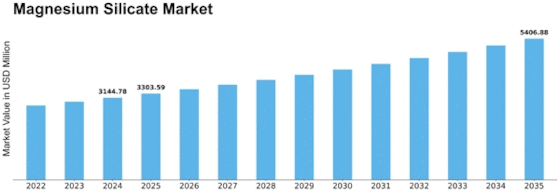

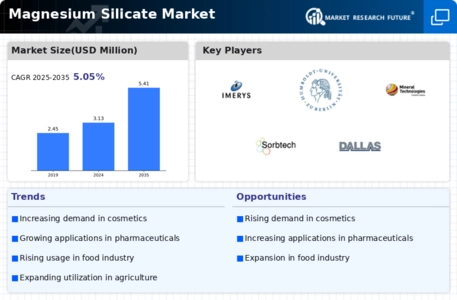

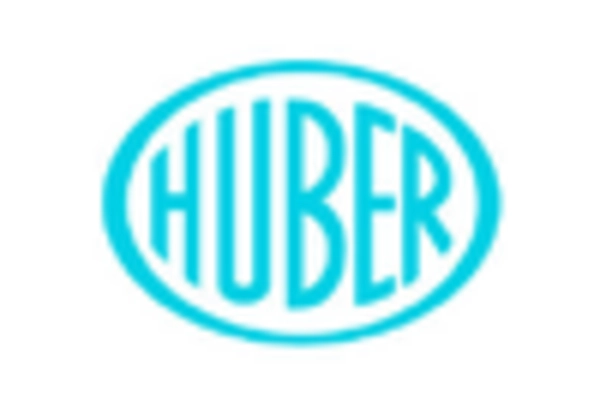
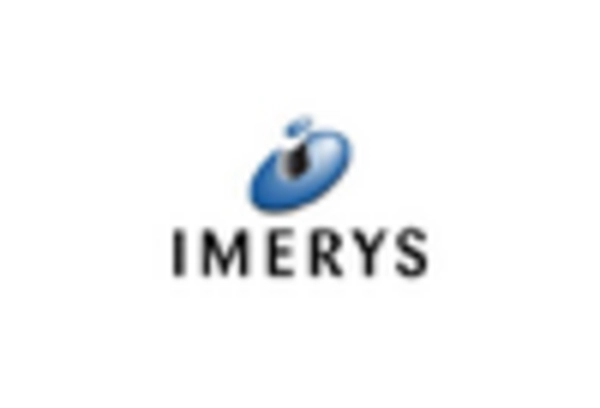
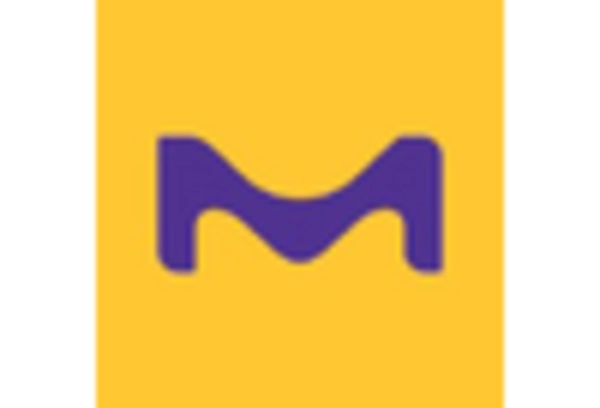
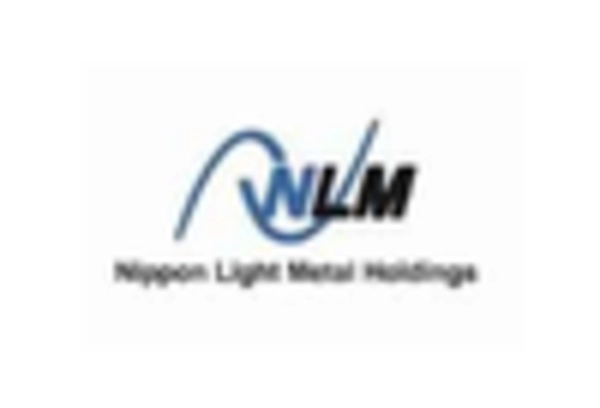
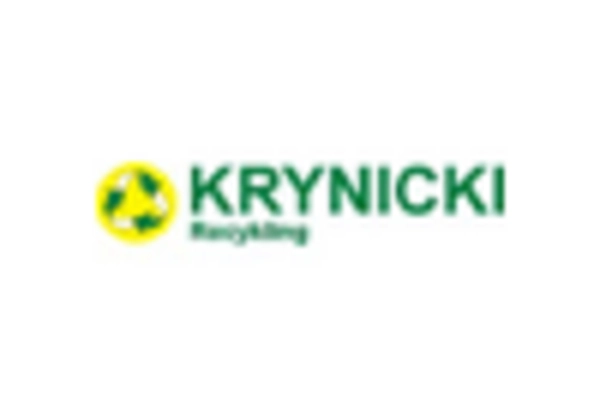









Leave a Comment